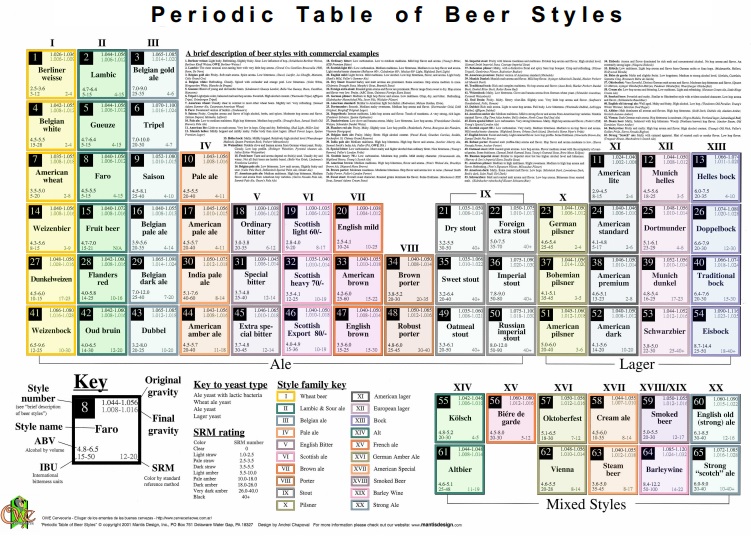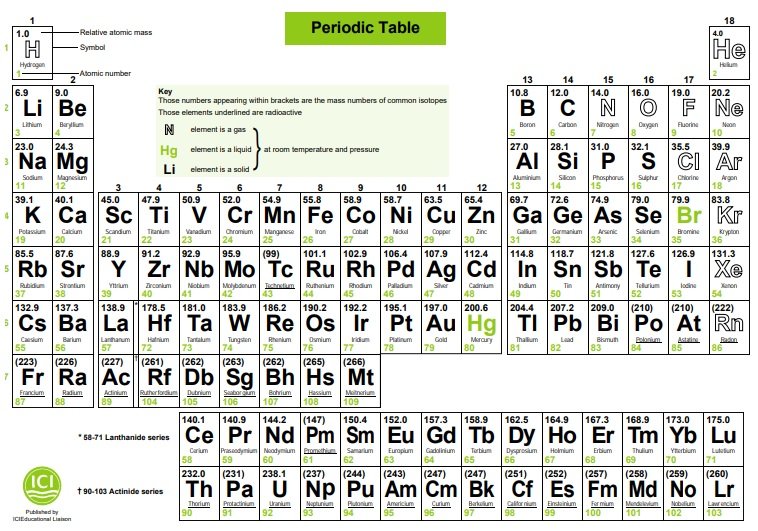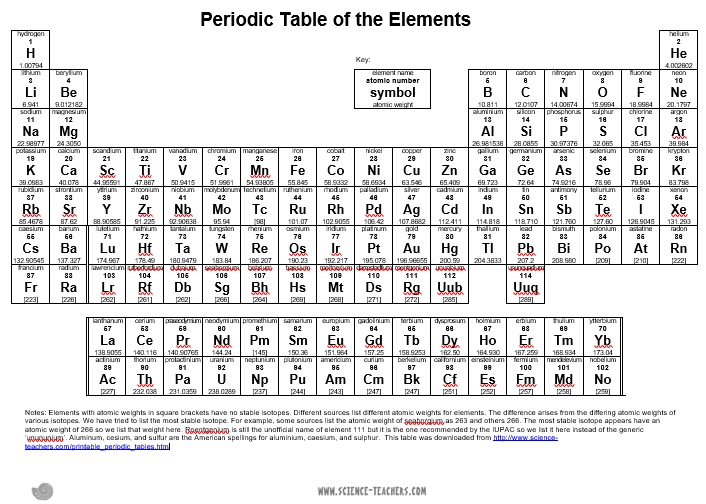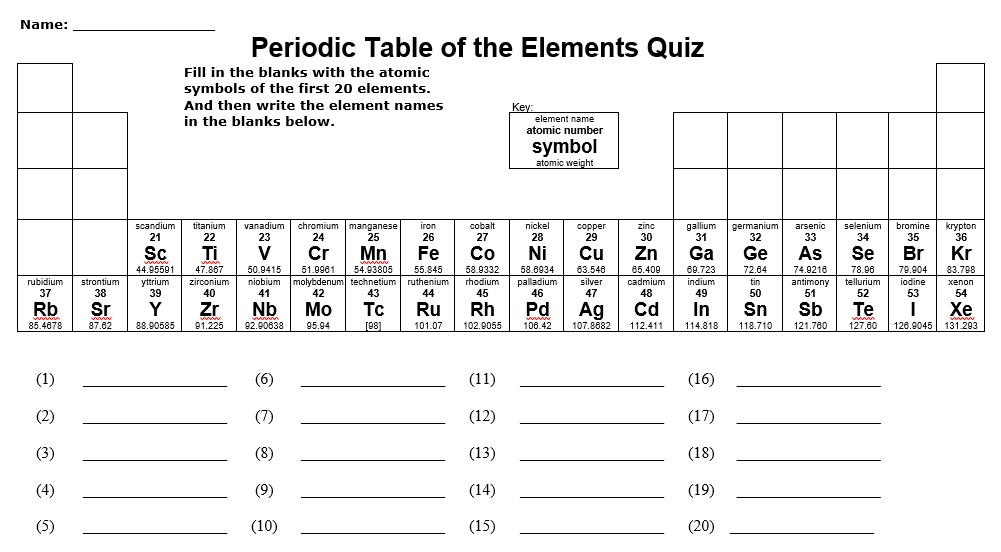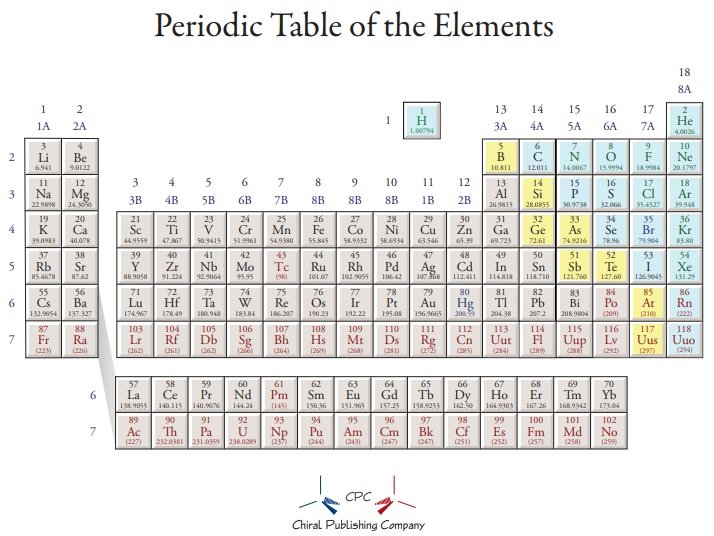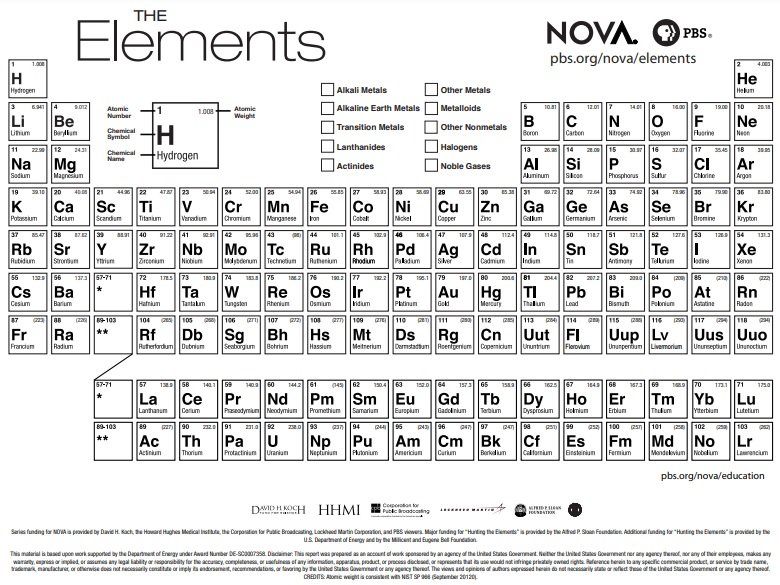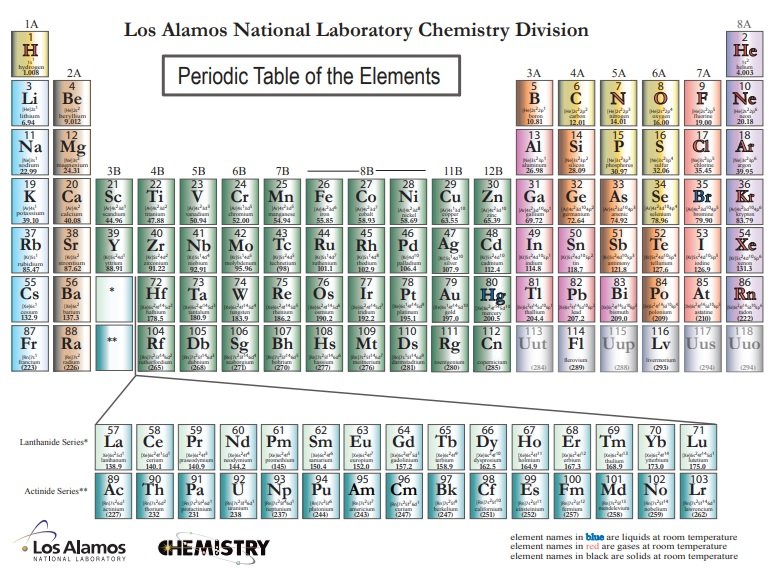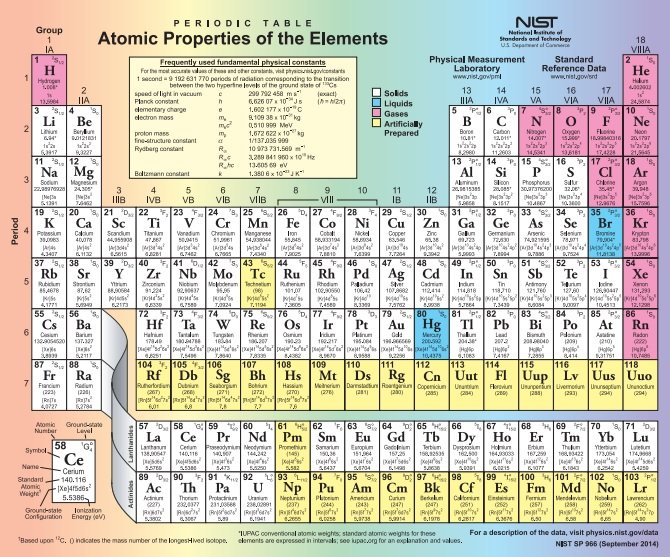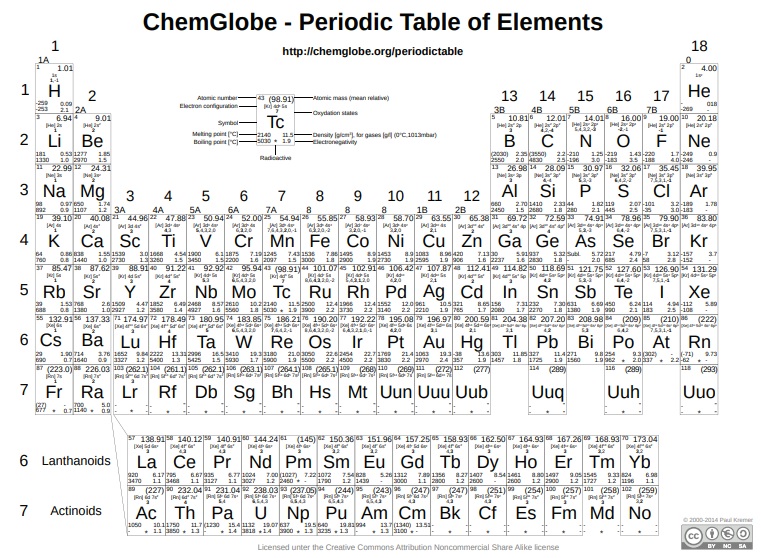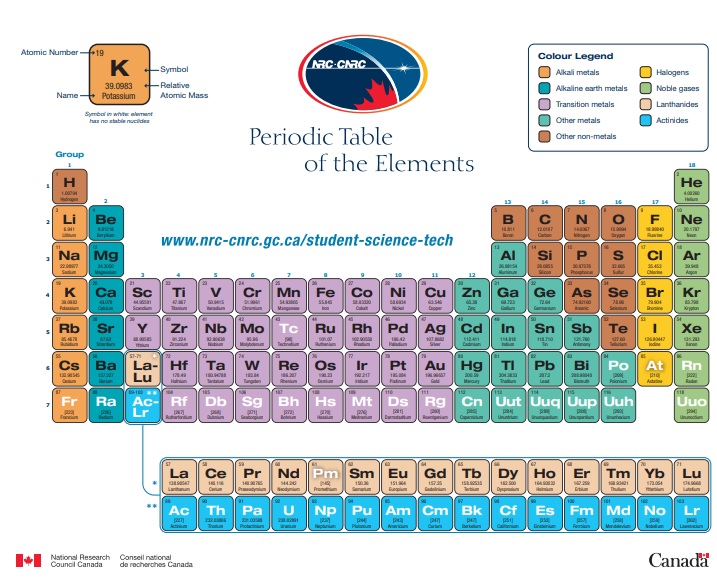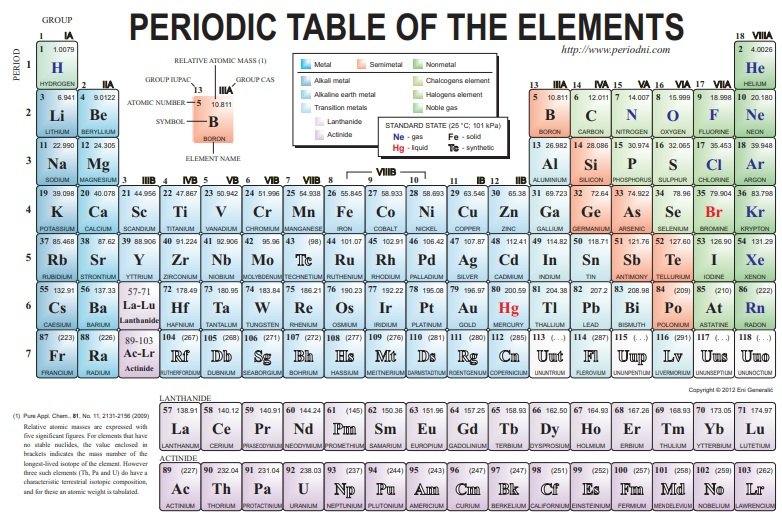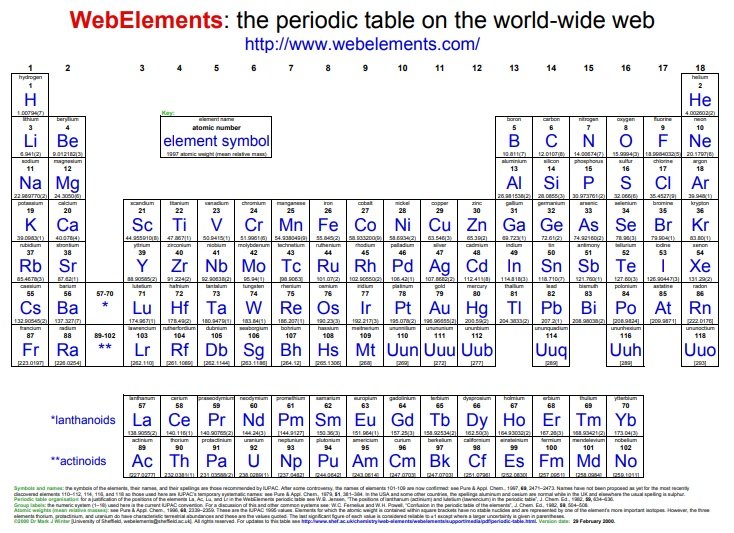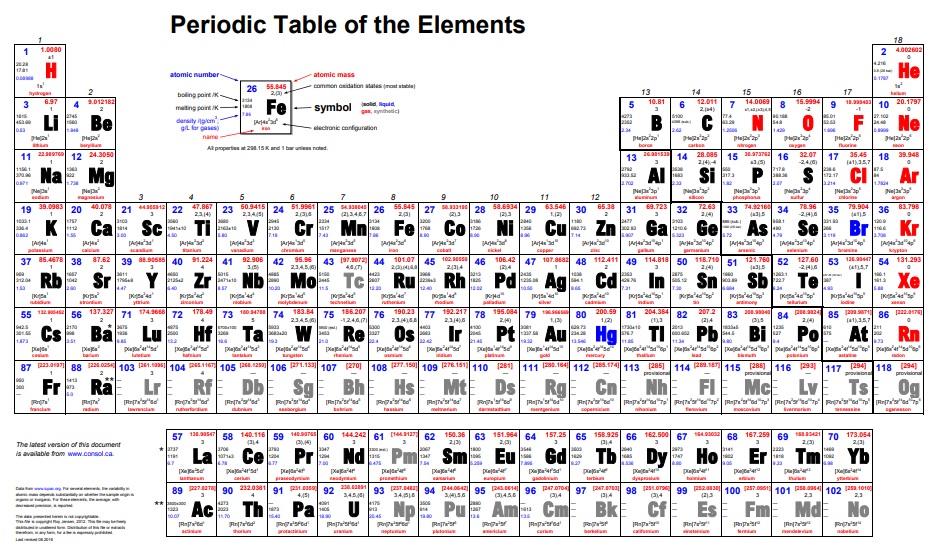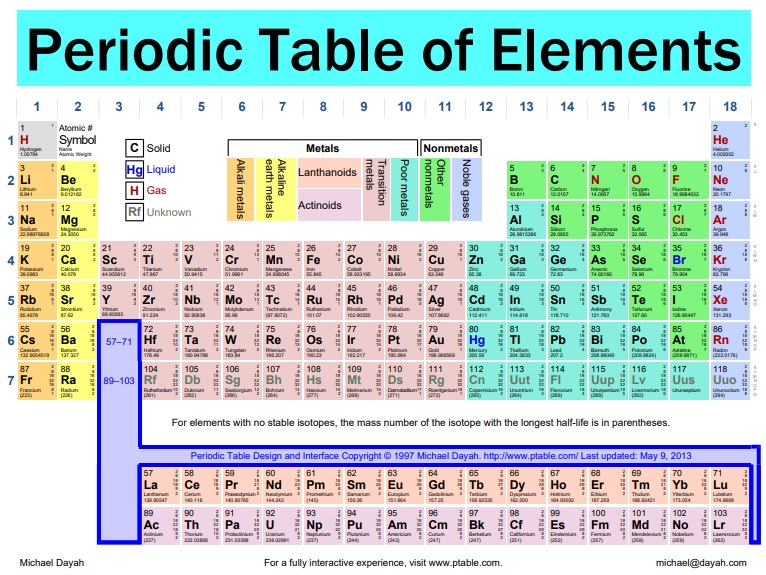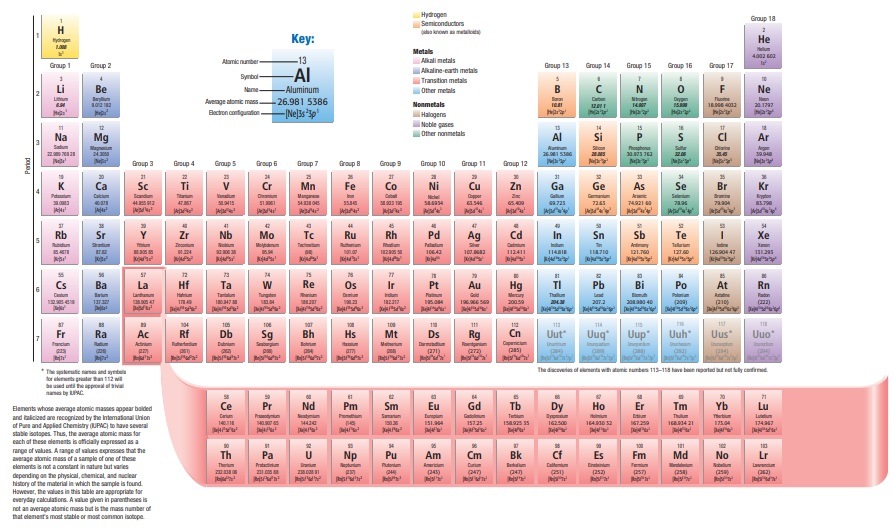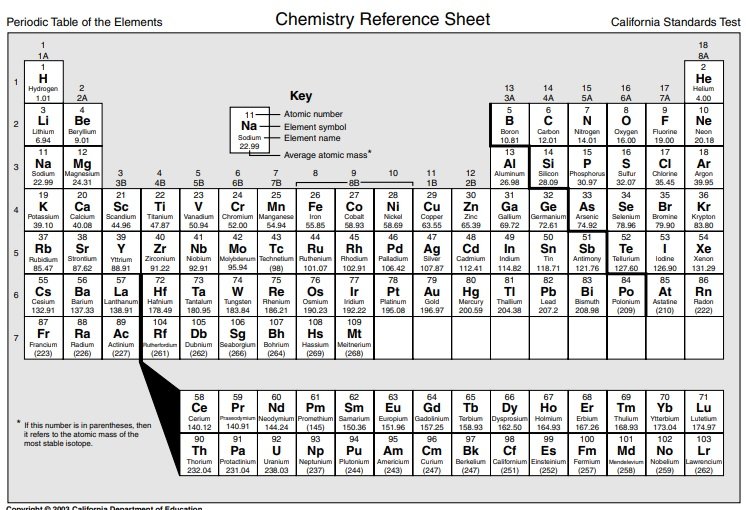The printable periodic table contains the 118 elements recognized by IUPAC (International Union of Pure and Applied Chemistry). The four elements were recognized in 2015 but until the end of 2016 they were not be officially named.
Table of Contents
History of the printable periodic table:
Some of the people who took part in the formation of the periodic table are;
Robert Boyle:
Around 1650, the Robert Boyle developed the definition of an element. He states that it can be something that cannot be broken into smaller parts by a chemical reaction. This definition was used for 3 years until subatomic particles were discovered.
Antoine-Laurent de Lavoisier:
Antoine-Laurent de Lavoisier wrote the first textbook the Elementary Treatise of Chemistry that was devoted to Chemistry. He determined new elements like hydrogen, oxygen, and nitrogen. Moreover, he classified his elements into two groups i.e. metals and nonmetals.
John Newlands:
In the early 1860s, John Newlands divided 62 known elements into groups of eight. He was the first scientist who assigns atomic numbers to the elements based on an element’s mass. The elements that were differed by a factor of 8, he paired them with masses. However, he was not appreciated at that time but later on and now he is appreciated with the first use of the term periodic in chemistry.
Dimitri Ivanovich Mendeleev:
In the 1860s, three men Dimitri Ivanovich Mendeleev, Lothar Meyer, and William Odling published periodic tables. For the development of the modern periodic table, he is appreciated. His work was innovative and adaptable. Furthermore, he not only documented new elements but also leave space for the discovery of new ones. His table contains the following interesting features;
- He hypothesized the existence of undiscovered elements and used a dash in his table where he assumed those elements should be placed.
- He arranged his table by atomic mass and stated that elements with similar atomic masses had similar chemical properties.
- The above feature helped him to realize that some elements were not in the right place by ordering them according to mass.
- Mendeleev also said that elements’ properties can be predicted by their mass and position in the periodic table.
Additionally, Mendeleev table was important for two reasons due to the addition of dashes. The first one is that he allowed the placing of new elements and groups of elements he didn’t predicted. And, second it allowed future scientists that without damaging the integrity of table, they can adjust the position of elements.
Horace Groves Deming:
He published the 18 column periodic table in 1923. This table is common today. During the middle of 20th century, when scientists discovered protons then an element assigned atomic number on the basis of the number of protons it contains.
Glenn T. Seaborg:
When Glenn T. Seaborg was working on the Manhattan project he hypothesized that additions needed to be made to the periodic table. In 1945, he published a paper in which he said that actinide series of elements should be placed below the lanthanide series. However, at that time scientist rejected his suggestion but later research proved he was right.
Since the 1940s, scientists discovered he elements that are numbered 104- 118. Some of them were officially recognized in 2015. They were placed at the seventh row off the table. Only few people know about these elements because they are unstable and decay rapidly.
How to use a printable periodic table?
A periodic table consists of cells and each cell represents an element. Rows and columns are called periods and groups. The elements that have identical chemical characteristics are assigned a group name and colored the same color. In the periodic table, there are four blocks. Each block contains different groups, listed below;
- S-block: It contains alkali metals, alkaline earth metals, helium, and hydrogen.
- P-block: It contains groups 13-18.
- D-block: groups 3-12 are in this block.
- F-block: it is placed below the table and contains the lanthanides and actinides.
Cells:
Each cell includes different pieces of information. Usually, it contains two pieces of information. The first one is the element’s atomic number. It may be present at the top of the cell, in the center, or to the left. The second one is the one or two letter atomic number. The other information that can be included in the cells is;
- Atomic mass
- The full name of the element
- Electron sequence
- Ionization number
- Cell key
- Information box
- Different colors that denote groups of identical elements
Conclusion:
In conclusion, a printable periodic table is a helpful tool in order to learn about elements and solve chemistry problems. Different scientists contributed their work to the formation of the periodic table.
Faqs (Frequently Asked Questions)
The 7 periodic table groups are;
1- The Alkali Metals
2- The Alkaline Earth Metals
3- The Transition Metals
4- The Non-metals
5- The Halogens
6- The Noble Gases
7- The Rare Earth Elements
The periodic table is organized by atomic number i.e. from the element with the lowest atomic number to the element with the highest atomic number.
The elements of periodic table are classified into 3 groups;
1- Metals
2- Metalloids
3- Nonmetals
The interesting thing to know about the periodic table is that it arranges all elements left to right and top to bottom in order of increasing atomic number and coincides with increasing atomic mass.

